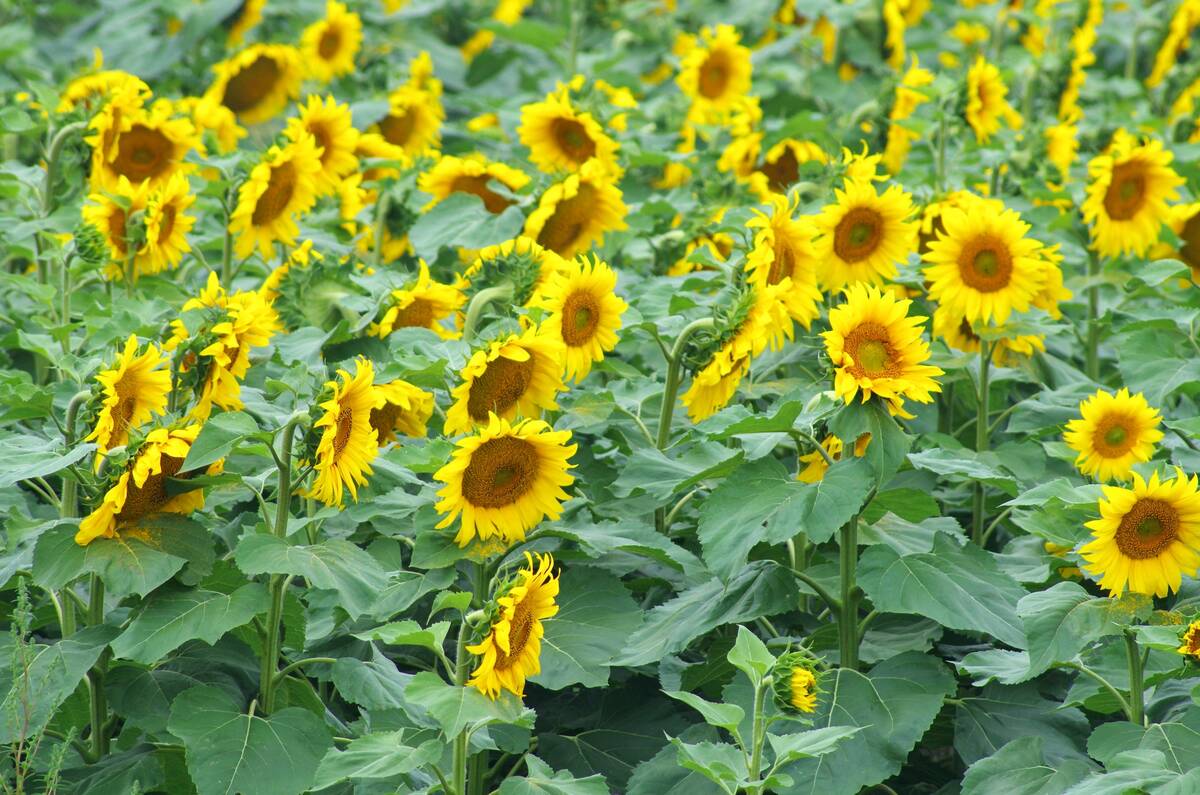HAMILTON, Ont. – The 19 urine samples in numbered brown paper bags seemed the same to those testing the candidates in Canada’s astronaut program.
But the laboratory had to run pregnancy tests on all 19 because they didn’t know which one was Roberta Bondar’s. She was the only woman in the group.
“I asked how many were pregnant,” she said in a speech to the convention marking the 100th birthday of the Federated Women’s Institutes of Canada. The audience laughed and then Bondar turned the mood around saying she had to decide not to have children if she wanted to go into space. The men could and did have children and Bondar reflected on the unfairness of being a pioneer, as the first Canadian woman in space.
Read Also

Made-in-Manitoba sunflower hybrid heads to market
Glacier FarmMedia – Manitoba’s confection sunflower growers will have a new seed option next spring that was developed specifically to…
Another tingle came when the Challenger space shuttle exploded shortly after takeoff.
“It was no longer press conferences and speeches,” said Bondar. “It changed a lot of our attitudes. It could happen to any of us at any time. We need to take time, regroup and look at this goal differently. We were no longer naive.
“For one, the risks that I accept naturally are risks that my family had to accept. My friends also, a risk of death.”
Bondar said she didn’t realize how long a commitment she had made. It was 10 years from her selection to the program until she went into space. Jan. 22, 1992 changed her. She said earthlings view space as orderly but it is not. She said weightlessness brought a new way of moving and a disorientation when you had to remember that down was no longer where your feet are.
Fight against stereotypes
When the National Science Museum in Ottawa put up a picture of Bondar it was not of her doing a science experiment in space but a shot of her making a peanut butter and jelly sandwich. She asked them to change it because of her sensitivity to the gender issue.
“You have to set rules and be tough or you’re going to make it harder for the ones who follow. If you’re going to identify issues as male or female, do it on an equivalent basis,” she said to applause.
Her drive to inclusiveness includes space flight. She says the program should add in visions of the world from other countries other than the wealthy ones – “we need goals created by more than one culture.”
Another change in Bondar since her time in space is an environmental slant.
“From the shuttle we don’t see the whole earth, just a 2,000-mile-wide swath of the horizon. … I know there was 28 million Canadians and I didn’t see one of them from space. The only living thing we saw from space was the great barrier reef in Australia.””
She indulged in her hobby of photography while in space and during her speech showed a picture that looked like crushed and scraped bits of velvet. It is a view of the Brazilian rainforest being stripped of trees.
Returning from space she decided on a goal of making the planet better. “Clean soil, clean air, clean water – stop worrying about social issues,” said Bondar, describing her new goal.
And as a space traveller does she believe in aliens? In a word, yes.
“The reason I know is because they haven’t contacted us,” she said, deadpan. But then more seriously: “We’re not the centre of creation or of the universe. Our view of the world is so human directed, but that doesn’t mean there isn’t more around. It would be the worst thing if we were truly alone.”
Astronaut Roberta Bondar discusses her love of photography and plans to photograph Canada’s 38 national parks.














